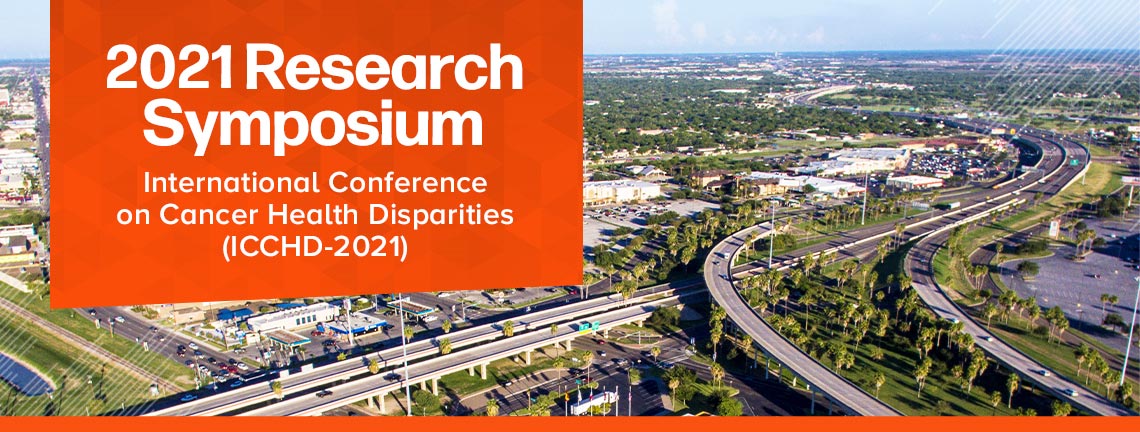
Posters
Presentation Type
Poster
Discipline Track
Translational Science
Abstract Type
Research/Clinical
Abstract
Background: Indocyanine green (ICG) based Near-Infrared (NIR) fluorescent imaging is an attractive and safer technique used for number of clinical applications. However, ICG tend to have poor photostability, short half-life, non-specific proteins binding, and concentration-dependent aggregation. Therefore, there is an unmet clinical need to develop newer modalities to package and deliver ICG. Bovine milk exosomes are natural, biocompatible, safe, and feasible nanocarriers that facilitate the delivery of micro and macro molecules. Herein, we developed a novel exosomes based ICG nano imaging system that offers improved solubility and photostability of ICG.
Methods: Following acetic acid based extracellular vesicles (EV) extraction method, we extracted the bovine milk exosomes from a variety of pasteurized fat-free milks. The EVs were screened for their physicochemical properties such as particle size and concentration, and zeta potential. Stability of these exosomes was also determined under different conditions including storage temperatures, pH, and salt concentrations. Next, ICG dye was loaded into these exosomes (Exo-Glow) via sonication method and further assessed for its fluorescence intensity and photostability using an IVIS imaging system.
Results: Initial screening suggested that size of the selected bovine milk exosomes was from 100 - 135 nm with an average particle concentration of 5.8x102 particles/mL. Exo-Glow (ICG loaded exosomes) further showed higher fluorescence intensity of ~ 2x1010 MFI compared to free ICG (~ 8.1x109 MFI).
Conclusions: These results showed that Exo-Glow has the potential to improve solubility, photostability, and biocompatibility of ICG and may serve as a safer NIR imaging tool for cells/tissues.
Recommended Citation
Cotto Flores, Nycol M.; Adriano, Benilde; Chauhan, Neeraj; Chauhan, Deepak S.; Jaggi, Meena; Chauhan, Subhash C.; and Yallapu, Murali M., "A Novel Exo-Glow Nano-system for Cellular Imaging" (2023). Research Symposium. 16.
https://scholarworks.utrgv.edu/somrs/theme1/posters/16
Included in
A Novel Exo-Glow Nano-system for Cellular Imaging
Background: Indocyanine green (ICG) based Near-Infrared (NIR) fluorescent imaging is an attractive and safer technique used for number of clinical applications. However, ICG tend to have poor photostability, short half-life, non-specific proteins binding, and concentration-dependent aggregation. Therefore, there is an unmet clinical need to develop newer modalities to package and deliver ICG. Bovine milk exosomes are natural, biocompatible, safe, and feasible nanocarriers that facilitate the delivery of micro and macro molecules. Herein, we developed a novel exosomes based ICG nano imaging system that offers improved solubility and photostability of ICG.
Methods: Following acetic acid based extracellular vesicles (EV) extraction method, we extracted the bovine milk exosomes from a variety of pasteurized fat-free milks. The EVs were screened for their physicochemical properties such as particle size and concentration, and zeta potential. Stability of these exosomes was also determined under different conditions including storage temperatures, pH, and salt concentrations. Next, ICG dye was loaded into these exosomes (Exo-Glow) via sonication method and further assessed for its fluorescence intensity and photostability using an IVIS imaging system.
Results: Initial screening suggested that size of the selected bovine milk exosomes was from 100 - 135 nm with an average particle concentration of 5.8x102 particles/mL. Exo-Glow (ICG loaded exosomes) further showed higher fluorescence intensity of ~ 2x1010 MFI compared to free ICG (~ 8.1x109 MFI).
Conclusions: These results showed that Exo-Glow has the potential to improve solubility, photostability, and biocompatibility of ICG and may serve as a safer NIR imaging tool for cells/tissues.

